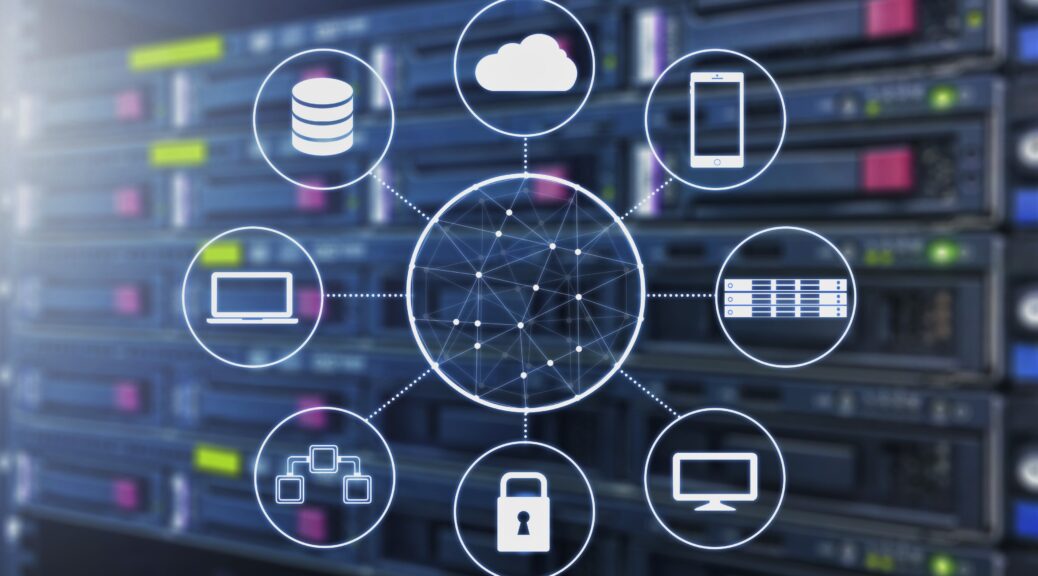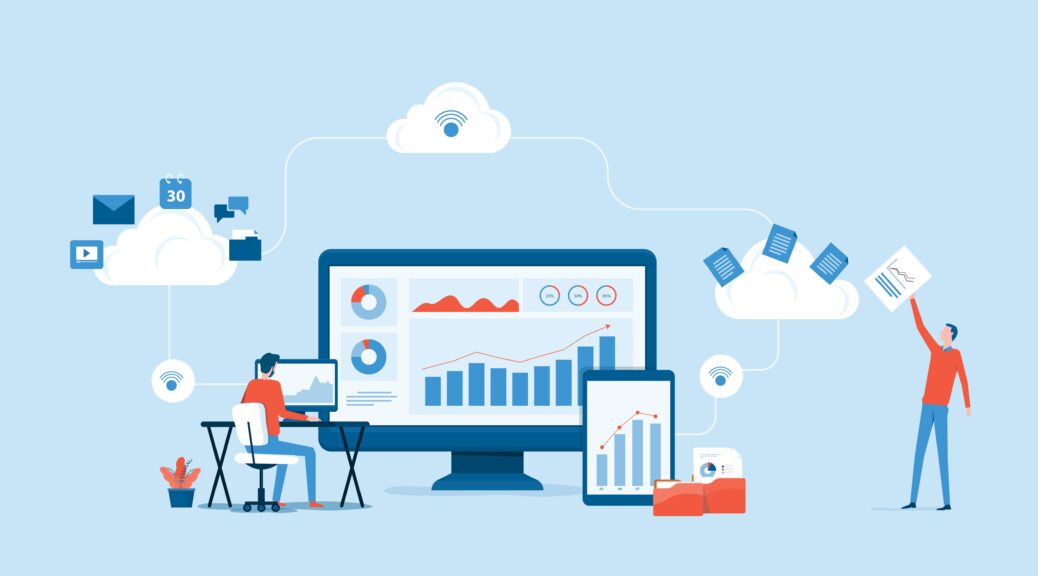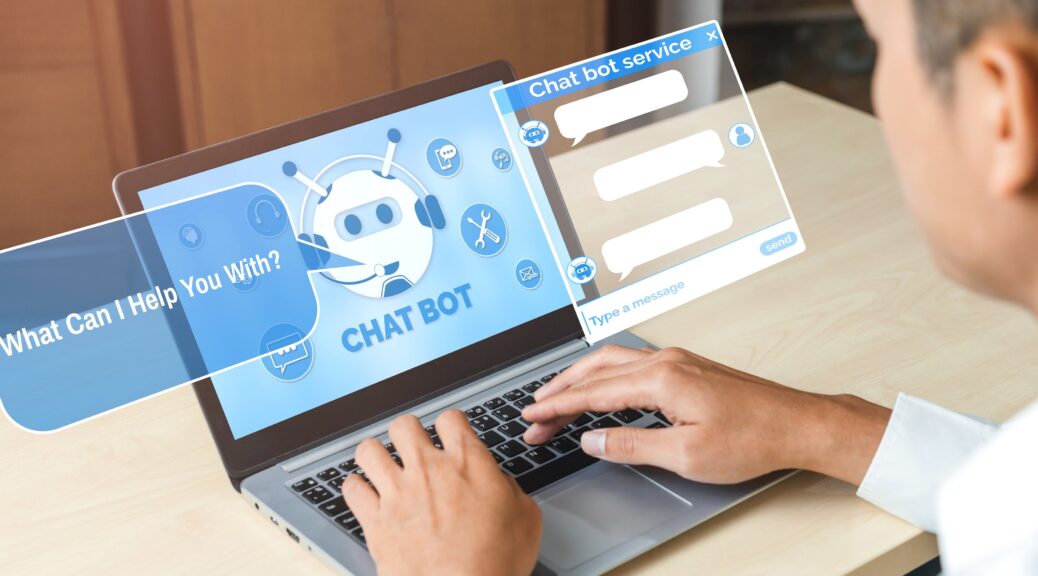Microsoft Graph: A unified platform to integrate Microsoft 365, Windows 10 and Enterprise Mobility+Security.
Organizations and Businesses in today’s times rely more than ever on Data and Information for business-critical decision making. Every app or service that is built or used either generates data or consumes data. Microsoft Graph is that service which is specifically designed for the purpose of consuming this data in Microsoft 365, Windows 10, and […]





